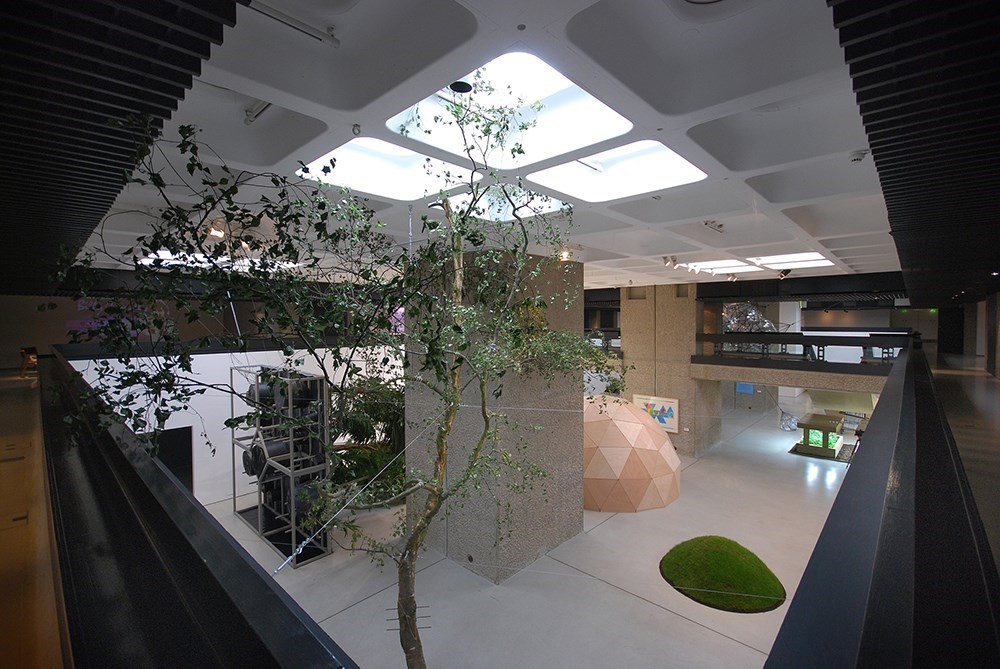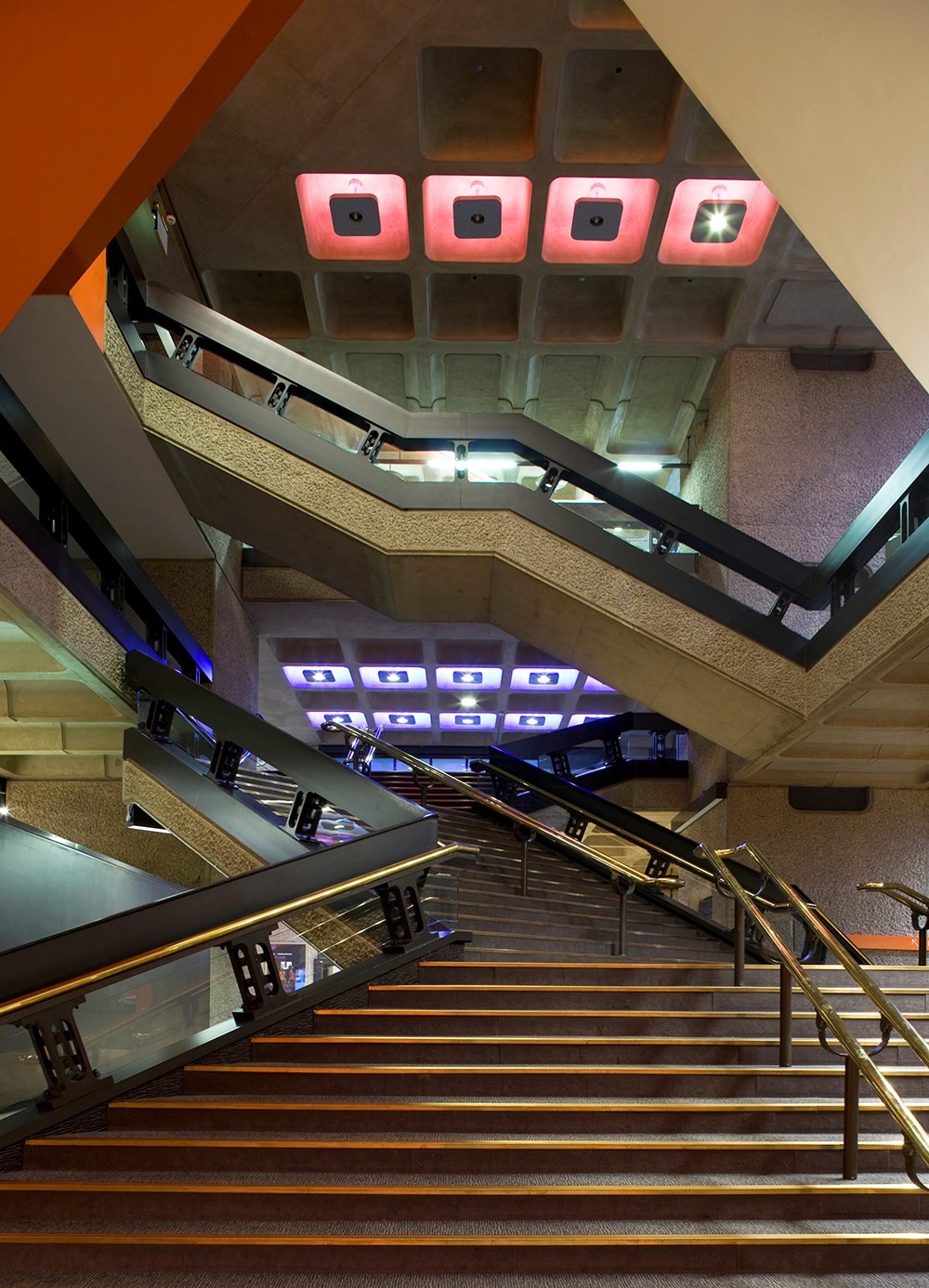The Barbican Estate stands alone in London, a mammoth sprawl on forty acres featuring residential buildings, an arts centre, the Museum of London, a school, gardens and a lake. Architects Chamberlin, Powell and Bon, who met while teaching at Kingston University, designed the Estate under the influence of Le Corbusier as a utopian vision of what life in the capital could be after World War II. Officially opened in 1982 and named for the Roman watchtower which once stood on the site, the Grade II-listed concrete paradise is one of the architectural works which divides the public most. Those who favour it believe it to be one of the finest examples of Brutalism in the world.

From afar, the first glimpses of the Barbican are often the tops of its three tall residential towers, which loom over the city. These monoliths add a dystopian flavour to London’s skyline, which architectural critic and Barbican resident Jonathan Glancey puts down to the material itself: “constructed throughout of bush-hammered aggregate concrete, a latter-day fortress as befits its name.”
Residents have long seemed content to live there, and even Queen Elizabeth called it “one of the modern wonders of the world.” Today, living in the Barbican comes with a cultural credibility that money seldom buys, and is often the preserve of admiring architects, writers and artists. Architect Ken Mackay, who lives in the Estate’s converted development office, describes the whole complex as “a brave new world.” Inside, apartments are modest, but built well on a series of modular designs across 2113 apartments, home to around 4000 residents. Floor-to-ceiling windows, mahogany interior features and suspended staircases all demonstrate the architects’ attention to detail. Each one has a private balcony, with original planters, and the views from these balconies can remind visitors of why the Estate is so unique: the urban village provides an isolation and calm privacy that can seem at odds with the increasing chaos of central London outside.

Chamberlin, Powell and Bon intended their buildings to constitute democratic living, where single workers from across London’s industries and social classes would live in tandem. While many of the positive principles that governed its construction have been lost in recent years, it is nonetheless exciting to see the Estate for what it is in the present day: a monument to hope in architecture, and to the belief that the things we build can help us live better, more equal lives.

